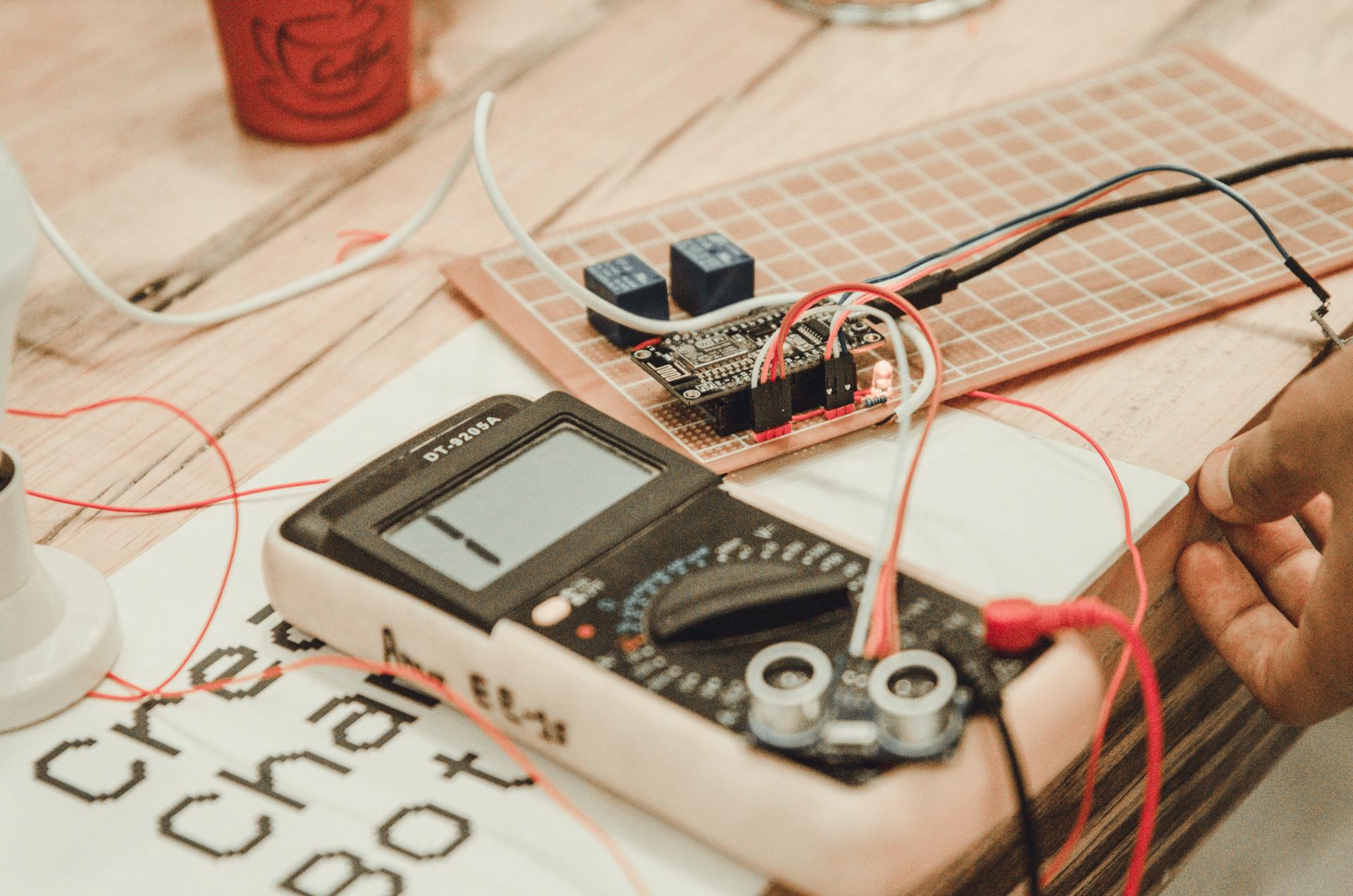Do-It-Yourself Electric Safety Testing: A Guide for Home-Owners

In terms of home safety one of the most important areas to think about is the safety of electrical wiring. Testing for electrical safety is the process of checking the electrical system in your home to make sure it’s safe and up-to-code. In this article we’ll provide an overview of what the electrical safety tests are, what tools you’ll require in order to carry them out, the best method to carry out the tests and what warning signs you should look out for.
What exactly is the definition of an Electrical Safety Test?
A safety test for electrical appliances is the process of inspecting the electrical system in your home to verify that it is safe and working correctly. Safety tests for electrical appliances are crucial as they help to avoid electrical fires and accidents, and ensure the longevity that your electric system has.
Equipment Required for an Electrical Safety Test
In order to conduct an electrical safety check, you’ll need some essential tools. These include a voltage tester as well as a continuity tester, a circuit tester, as well as outlets tester. It is utilized to test for live circuits while the continuity tester checks for broken circuits. Circuit testers are used to check for wiring faults as well as the outlet tester is used to check for electrical issues in outlets. It is essential to utilize these tools correctly to get precise results.
How do I Conduct an Electrical Safety Test
To conduct an electric safety check at your home, follow these steps:
Turn off the power for the circuit that you’re trying to test.
Use this voltage tester to check whether there are live circuits.
Make use of the test for continuity to check the integrity of your circuit.
Use the circuit tester to check for electrical faults.
Utilize the tester for outlets to look for electrical problems in the outlets.
When testing, be sure to look for any evidence of wear or damage on the wires for example, frayed or broken wires, burn marks, or loose connections. If you find any issues you need to fix them as quickly as you can to prevent potential hazards.
Signals of electrical problems to Watch Out for
There are many warning signs that could indicate electrical problems in your house. This includes flickering lights and frequent circuit breaker trips and crackling or buzzing sounds from outlets, the appearance of outlets that are discolored or hot, and a burning smell. If you notice any of these warning indicators, you must get to work immediately to avoid any electrical dangers.
Conclusion
Tests for electrical safety are vital for ensuring your safety and family. By performing regular tests and addressing any issues promptly, you can avoid potential electrical hazards and extend the lifespan of your electrical system. If you require assistance in electrical repairs or testing do not hesitate to call Local Electrician Frankston. Our team of experts can give you professional guidance and assistance. Contact us via 1300 933 820 to schedule an appointment or to request a quote.
FAQ Section
How often should I do an electrical safety test in my home?
We suggest conducting safety tests for electrical equipment at least once a year.
Can I perform the electrical test by myself or do I need a professional?
While you can perform an electrical safety test by yourself however, it’s advised to employ an expert to guarantee accurate results and to avoid any potential dangers.
Which are the top frequent electrical issues that are discovered during an electrical safety test?
The most frequently-repeated electrical issues found during a safety test include faulty wiring, overloaded circuits, and outdated electrical systems.
What should I do if I encounter a problem during the electrical safety check?
If you discover a problem in the electrical safety test it is important to act immediately. This could include making contact with an experienced electrician to address the issue, or replacing faulty equipment.
